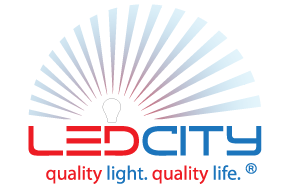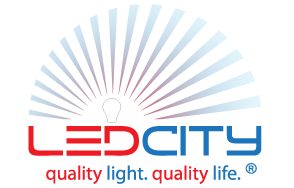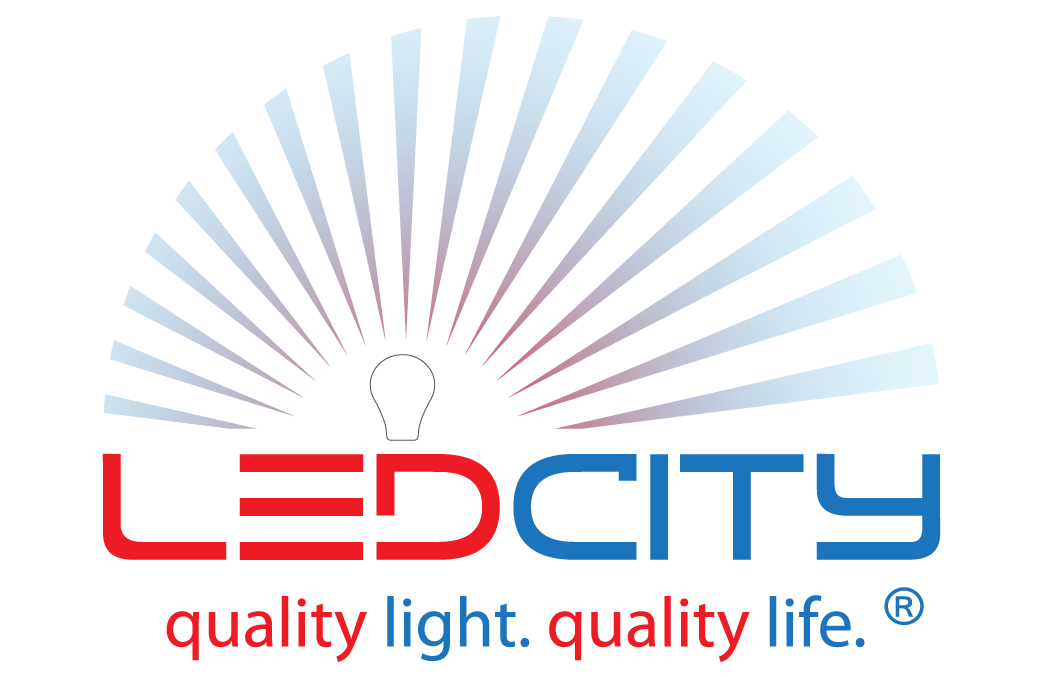LED Lighting for Residential

Most people consider their house to be where they most enjoy spending time. By crafting the right lighting atmosphere you can breathe life into your home environment where you spend so much time with the most important people in your lives. With the versatility, durability and customisation options provided by LEDs, you have unparalleled freedom to let your inner spirit shine through when you choose LEDs for your residential applications.
Residential Lighting Objectives
Lighting needs to blend seamlessly into your space. It should never distract but always enhance any given room you choose to illuminate. Every room you work with will have different requirements you must meet. We hope this article will contribute to your sense of well-being and help you find and complete your home's architectural elements and living features by using the best internal and external LED lighting options available.
Layers of lights
The three main forms of light are known as ambient, accent and task lighting. While you can install each of these light layers individually, you also can combine the three into a configuration known as multi-layer lighting.
Ambient Lighting
With ambient lighting, you want to create comfortable lighting that on one hand allows you to see around, but on the other, doesn’t produce too much in certain areas where you will encounter distracting glare. Most rooms will use an ambient light source for their primary illumination.
LED-based ambient light can come in diverse forms such as ceiling-mounted LED downlights, LED strip lights, LED bulbs or even chandeliers that use LED luminaries to produce light. Ambient lighting with LEDs serves first and foremost to illuminate the room. However, due to the high-quality light emitted, LEDs also deliver attractive lighting. One of the most popular ways to create ambient lighting these days is with indirect installation where the LED fixtures are hidden but still spread a gentle, even light over the room.
Task Lighting
Task lighting is complementary to the illumination created by ambient lighting. However, it’s different insofar that you maximise the light’s efficacy for certain tasks a specific section of space by placing it directly next to where it will be needed. For example, a bedside lamp can serve as task lighting by providing light for reading right next to where you need it in bed. In the kitchen, you will find that installing under cabinet lighting provides the perfect amount of light right over the cutting board you use when preparing meals.
It’s important that task lighting is bright enough but at the same time it doesn’t cause glare. You should try to consolidate task lighting sources as much as possible because multiple sources can create shadows or too much brightness in small sections. High-quality task lighting will make your lighting setup more effective and lessen your reliance on ambient sources.
Accent Lighting
The most common application for accent lighting is to highlight architectural, design or artistic features in the home. Track and ceiling-mount spot lights with high concentrated lumen outputs are popular ways to install accent lighting. Many people choose LEDs for their accent lighting because of their versatility in colour temperature and colour rendering, and the possibilities they open up with their discreet size that won’t distract from your accent lighting goal.
Residential lighting spaces
Depending on the room you want to illuminate, you will have to decide which LED lighting option best fits your needs. LEDs are appropriate for all rooms in the house, but depending on which room you’re in, you’ll have to decide which type of bulb, tube or other LED installation makes the most sense.
Kitchen
While most of the time you will be using the kitchen to cook food, it also serves as a gathering space for the family. As a result, the kitchen is often referred to as the heart of the home because of the central function it plays.
At the minimum, effective kitchen lighting will use both ambient and task sources in a multilayer arrangement to achieve the right level of lighting. A LED bulb installed in a hanging fixture in the centre of the room, for example, could provide ambient lighting for the kitchen’s main space. For task lighting, you could turn to LED strips that would be installed underneath a kitchen cabinet where it would provide ample light for chopping vegetables and measure ingredients.
For the kitchen, we generally recommend cooler colour temperatures because it will increase your concentration and focus while cooking meals. This means you should choose LEDs that are further along the blue scale for more precise lighting in the kitchen.
This multilayer lighting approach with task lighting complementing your main light source means you can use less ambient lighting and create a more comfortable atmosphere with less glare and energy use.

Bathroom
Aside from a central ambient lighting source, in the bathroom, you will generally need vanity mirror illumination. Linear LED lights are a popular choice for illuminating the vanity mirror. By installing the strips of LEDs behind the mirror, you can create an attractive, indirect glow. Wall sconces with LED bulbs are also commonly used. Soft, diffuse light is generally a superior option because it will make you appear more attractive in the mirror each day and boost your self-confidence.
Make sure the options you choose is waterproof rated if a danger exists of excessive humidity or splashes that could damage unprotected LED lights.

Living / Family Room
In the living room, you will make full use of the versatility of LEDs. You will find that the most effective lighting will use various layers including ambient, task and sometimes accent lighting. When deciding upon which colour temperature to use, many people choose warm, soft colour temperatures for the living room because they want a cozy environment for family activities and relaxation. They also want a LED light that can be dimmed or its colour temperature can be changed depending on the mood.
In addition to common ceiling-mounted luminaires, recessed LED lighting is a popular choice for living rooms. Cove lighting in particular, which provides indirect light, is also expanding as a top choice for minimalist lighting designers. The advantage with these LED lighting systems is that you won’t see the installation but rather just the beautiful blanket of light that falls evenly across the room.
For LED task lighting in the living room, many choose LED table lamps or wall-mounted fixtures. LEDs are bright enough to produce the necessary lighting for living room task lighting, but small enough that they won’t get in the way.

Dining Room
Lighting in the dining room must not only functional, but also add decorative flair. It’s generally beneficial to have several layers of lighting to craft the perfect environment for different cases such as dinner with the family or a romantic date. Many choose a chandelier with LED bulbs above the dining room table, although people also enjoy directional downlighting that can be used to highlight the room’s design and provide optimal functionality.

Bedroom
In the bedroom, again it’s best to take a multilayer approach. Your ambient lighting should create a soft, comfortable atmosphere while you use direct lights for bedside reading or personal dressing. Normally, LED bulbs mounted in chandeliers or fan lights will be enough to provide the majority part of your ambient lighting needs. Table lighting can be provided with wall-mounted lamps that can be bent to spotlight illumination right where you need it. Accent lighting with LEDs can be created with recessed or track lighting installations.
You want to make sure that the lighting in the bedroom is comfortable and promotes sleeping. Therefore you should choose warm colours along the yellow to red spectrum when deciding on the right colour temperature. This will promote restfulness and put you at maximum ease in the hours before you fall asleep.

Exterior Lighting
Particularly effective for outdoor use, LEDs provide the necessary light for exterior environments at a reasonable cost. They also can be easily protected against the elements and work well in cold weather. Motion sensors work perfectly, especially because LEDs can switch from off and on and it won’t shorten the bulb’s lifespan like it does to CFLs. Furthermore, it’s been found that LEDs use energy most efficiently at low temperatures.
When using exterior LED lights, try to create an even illumination where there are no sharp shadows or high contrast issues.

Other Considerations
While there are obvious aesthetic benefits to LEDs, there are other considerations you should keep in mind. For example, you need to know how much the operating costs will be compared to other light sources. Here are a few of the points to consider when you’re making a decision about LEDs in the home.
Safety
You may be asking yourself if LED lighting is a safe alternative to incandescents and CFLs. The answer is: yes. First of all, they emit less UV light than other forms of lighting such as CFLs, which means the light they emit is healthier for you. They also run cooler which means they will be less likely to set a fire. Finally, they’re harmless if broken and they don’t release toxic chemicals into the environment if you don’t dispose of them properly.
Operating Costs
LEDs will save you money in the long run. Although the bulbs and tubes are slightly more expensive than other forms of lighting when you first make your purchase, the highly advanced technology uses much less energy over time that will keep your energy bill down year after year. Furthermore, with an enormous lifespan in many cases of over 30,000 hours, they won’t require new bulbs or tubes for many years into the future.
Maintenance Ease
Maintaining LEDs is easier than it is for other forms of lighting. Historically, replacing LEDs in the case of breakage was an expensive undertaking as each bulb used to cost over $100. However, these days new bulbs cost anywhere from $2.50 to $8, which is not that much more costly than bulbs from other lighting sources. Given that LEDs last for such a long time, the maintenance costs shrink to almost nothing over the years when you only have to replace the bulbs once every ten or fifteen years.










